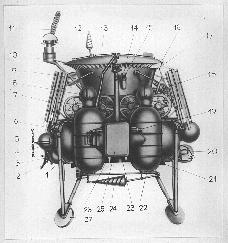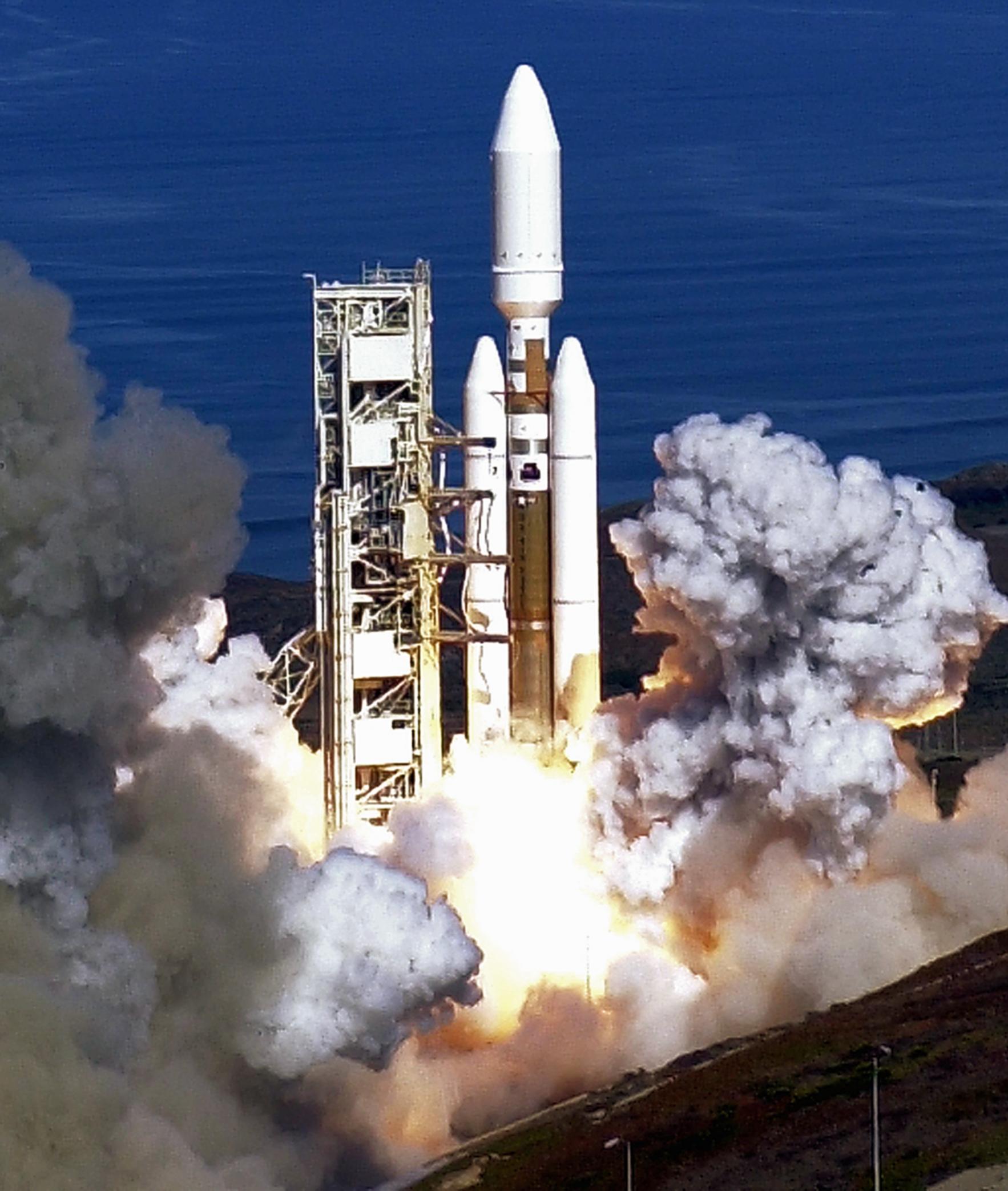Subtitle: “Elizabeth Moon, Juan Williams, and Liberal Hypocrisy”
It interests me, in the way all coincidences interest me, that on the same day National Public Radio declared its disinterest in free speech by firing Juan Williams for expressing a contrary opinion, the Society for the Furtherance and Study of Fantasy and Science Fiction (SF3) disinvited guest of honor Elizabeth Moon from the 2011 WISCON (its convention in Madison, Wisconsin) for having expressed her opinion on her own LiveJournal account.
Both examples demonstrate the cost of free speech; not the cost of defending it, which Ms. Moon paid as a U.S. Marine, but that free speech can sometimes cost the speaker quite a lot.
It will not surprise anyone who knows me that I stand with Ms. Moon and Mr. Williams.
I have never met Mr. Williams, and have only met Ms. Moon once: I spoke with her briefly after the “Politics in Science Fiction” panel at Dragon*Con that was the impetus for her LiveJournal post. I found her to be delightfully thoughtful, even if I do not agree with everything she said during the panel. I think everyone should read what she wrote about citizenship and consider it carefully.
Let me be clear that NPR has the right to hire and fire in order to maintain its “standards,” even if those standards have more to do with their political agenda than journalistic integrity; however, they should be forthright about their agenda. SF3, which has a crystal clear agenda as the “leading feminist science fiction convention,” has the right to invite whomever it wishes to be its guest of honor; however, to cancel a standing invitation because they find an author’s recent statement distasteful is bad form and hardly conducive to examining the issues in a reasoned, dispassionate debate.
I find it extremely interesting that the decision by SF3 (which, so far as I can tell, did not come with any detailed explanation) came a month after the WISCON directors decided specifically not to rescind Ms. Moon’s invitation:
Even though we strongly disavow … elements of Ms. Moon’s post, we have not rescinded her invitation to be a Guest of Honor, nor do we plan to do so. The WisCon planning committee selected Ms. Moon earlier this year based on her past work and our feeling that she would make a positive contribution to WisCon. After extensive conversation in recent days, and having spoken directly with Ms. Moon on the subject, we continue to believe that her presence will contribute to the Con.
I’m curious as to what changed in the last month.
The deeper problem here is that these kinds of actions — metaphorical excoriations of public figures, and the inevitable backlashes — raise everyone’s hackles, mine included, and make rational discourse even more difficult than it usually is. Our political reflexes kick in, whichever side of the aisle we sit on. We are less prone to listen, more prone to shout.
Indeed, I wonder how loud the shouting would be — how much louder it would be from the left — if any organization, anywhere, fired or disinvited someone who, say, called right-wingers racist because they disagree with the President’s policies, or who maligned the military because it seeks to impose good order and discipline under the law, or who ridiculed all Christians because a misguided few seem to have stricken “God is love” from their Bibles.* It is an interesting thought experiment, but only that, because those opinions, it seems, are protected … and even celebrated.
And the hypocritical message repeats, loud and clear: free speech is free when it agrees with X; free speech is free when it doesn’t offend Y; free speech is free when it is mine, rather than yours.
___
*Saint John’s first letter, chapter 4, verse 8 (paraphrased): Anyone who does not love does not know God, for God is love.



 by
by 
















